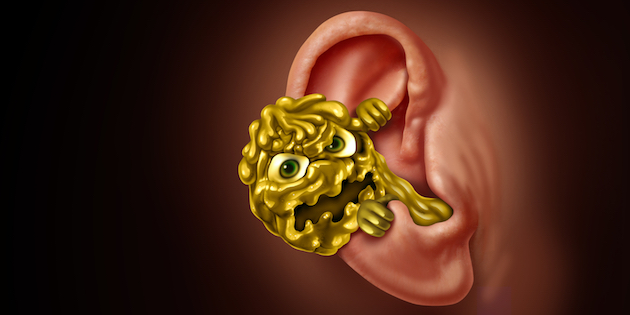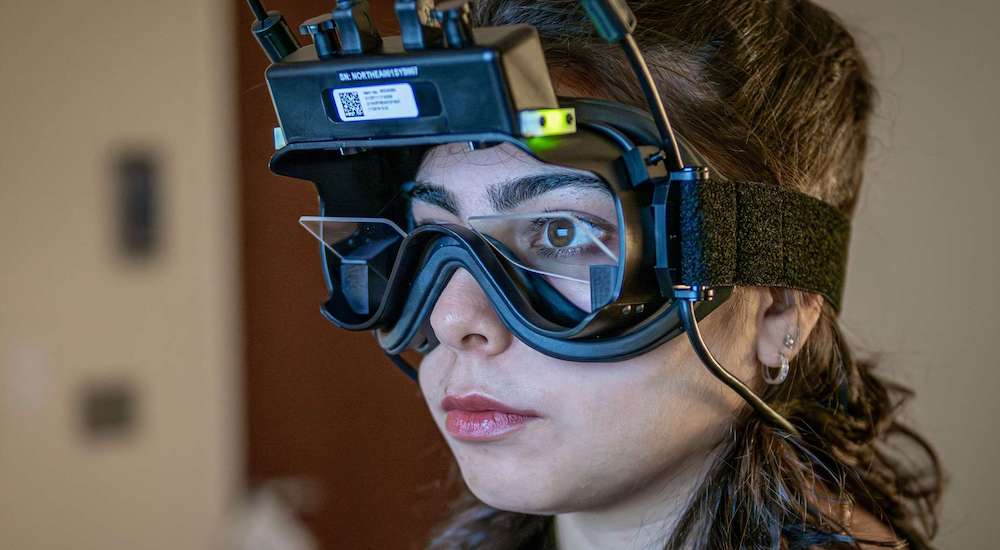Earwax - a better way of measuring systemic cortisol levels?
depression
The notoriously difficult task of sampling the stress hormone cortisol—in high levels a risk factor of depression—may be eased if sought in earwax, according to a study led by Dr Andres Herane-Vives of University College London's Institute of Cognitive Neuroscience.

Using a new safe design of cotton swab for a test that can be performed at home, the study suggests that earwax may provide more reliable samples than hair, blood, urine, or saliva, and involve less stress and pain. The test seems not only effective but also faster and cheaper than traditional alternatives.
Stability
The stability claim for earwax is based on it providing a cortisol level less likely to be affected by confounding factors over the previous month. Furthermore, the self-sampling testing device, a cotton swab with a brake to stop it from damaging ear parts, did not increase cortisol locally.
Further research and trials need to be carried out, but this pilot study by researchers from the UK, Chile and Germany, involved 37 participants whose hair and blood was also sampled to provide comparisons.
Another recent study by the same researchers found that earwax was also useful for sampling glucose as a glycaemic index indicator, raising the possibility that it may also be useful not only for diagnosing depression but also for glucose-related conditions, such as diabetes. Other cortisol-related conditions that might benefit from using earwax samples for measurements in their diagnosis are Addison’s disease and Cushing syndrome.
The full study Measuring Earwax Cortisol Concentration using a non-stressful sampling method was published in the November 2020 issue of the journal Heliyon.
Source: Heliyon/The Guardian



